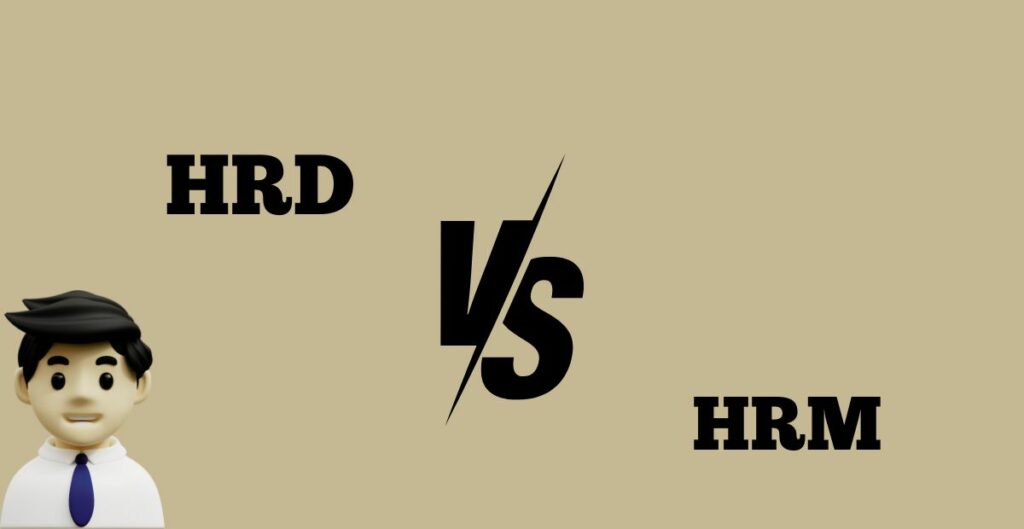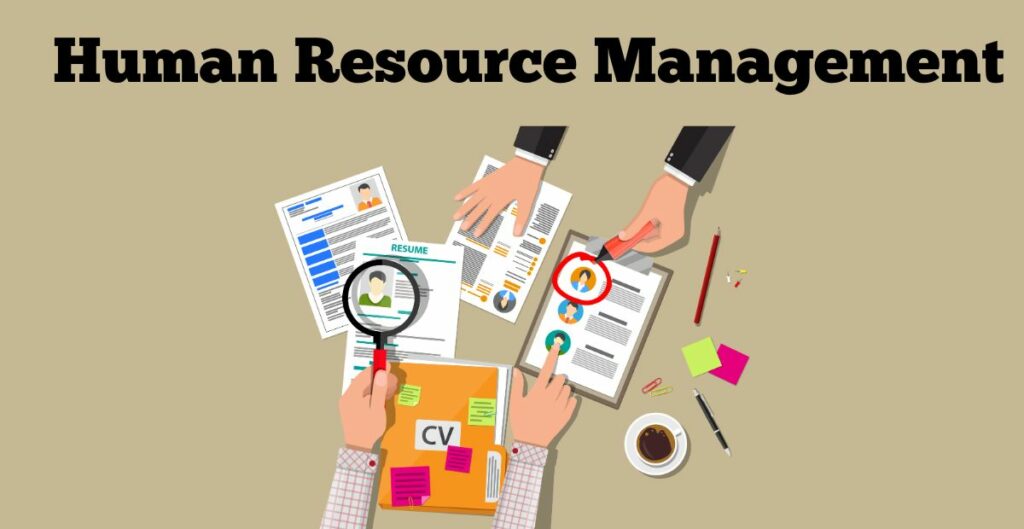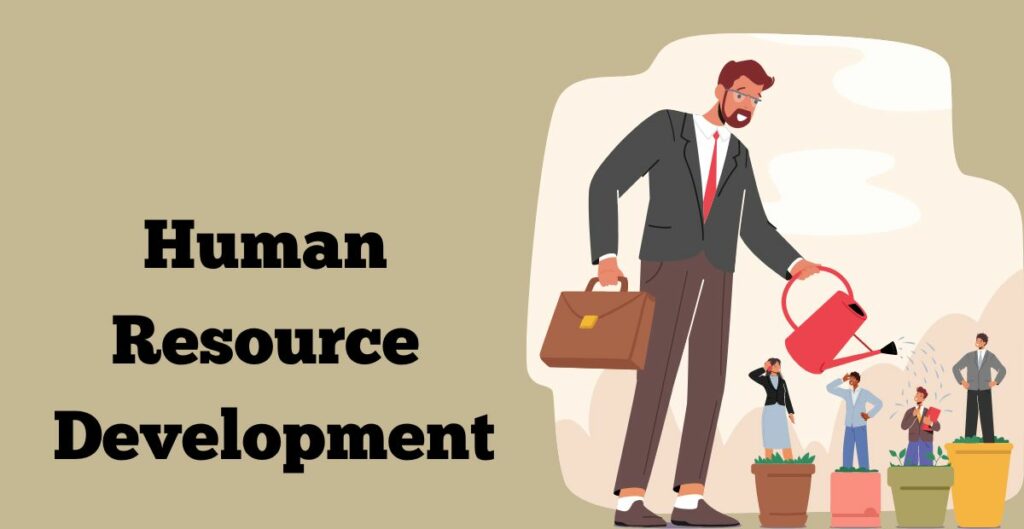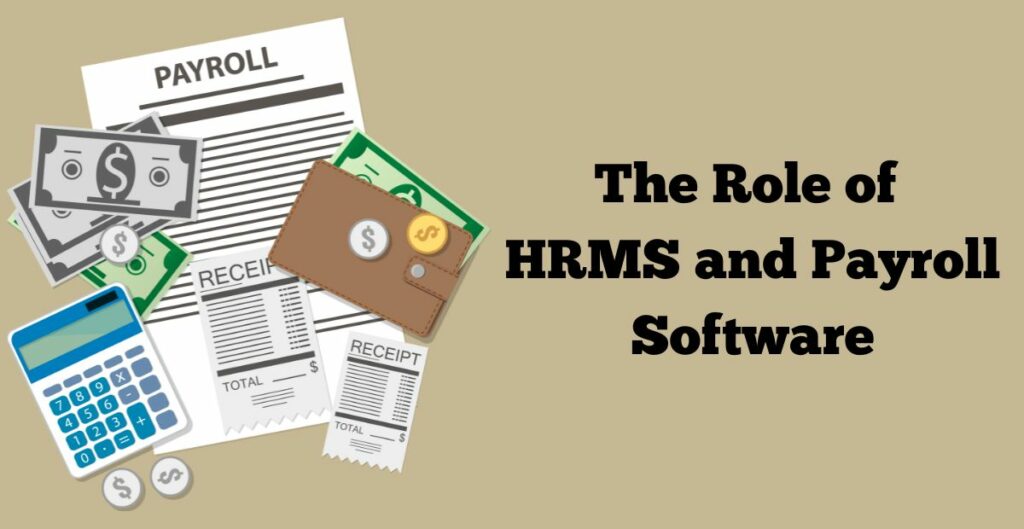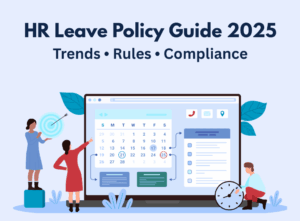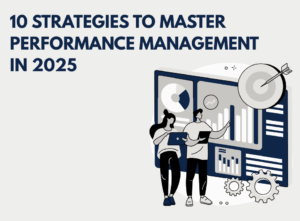Understanding HRM vs HRD: Key Distinctions for Organizational Success
In the realm of organizational management, two crucial pillars stand tall: HRM vs HRD. These words could be very easily mistaken as similar at first look but noticing their details is very important for directing all sails of business toward victory.
Defining HRM and HRD
HRM is synonymous with the management of people in a better way by applying strategic approaches, developed procedures, and techniques within an organization. The scope of HRM covers personnel activities varied from recruitment, and selection to performance appraisal and acting as liaison officer for employees. Besides this, HRD targets the faculty of development of the workers by emphasizing skill improvement, knowledge acquisition, and expertise advancement. It addresses this issue by providing internship sites and job placement systems. Also, it keeps learning and growing through training development and initiatives.
The Significance of Distinguishing Between HRM vs HRD
Adequacy of HRM and HRD approaches is just like a compass needed in corporate territory. On the other hand, where HRM provides a useful approach to handling human resources for the mission of the firm, HRD helps to form the structure that makes the organizational dynamic and creates a culture of excellence and innovation.
HRM can be termed as the process of management of resources, and the latter strives to train and develop those resources ushering organizational vibrancy. Hence, it is crucial to understand the unique characteristic of this idiosyncrasy of human behaviour and factor it into the strategies to prevent misalignment, as well as to pursue appropriate talent development efforts that will not lead to stunted growth in the organization.
More and more, the relationship between HRM and HRD turns out to be intricate and challenging as they lead us to numerous ideas that would show us the way to personnel management and the development of a better organization. Therefore, we can start exploring this area today, which is a process of unfolding what is hidden. CRHD is the registered human resource development and development professionals course. It enables students to understand how every aspect brings forth its unique element to organizational success.
Unveiling HRM: Navigating the Terrain of Human Resource Management
Definition and Scope of HRM
Right in the middle, the human side of the organization is where issues concerning Human Resource Management (HRM) take place. This is a complex field having the objective of synchronizing the well-being of people and optimum performance. HRM, also known as (Personnel Management) encompasses the setting of strategies, implementation, and monitoring of policies and practices at work related to the workforce of an organization. Its range goes beyond the administrative tasks and contributes to the sourcing, hiring, and continuing, enhancement of the talent and their engagement.
Functions and Responsibilities of HRM
Within the expansive canvas of HRM, several key functions and responsibilities unfurl, each playing a pivotal role in sculpting the organizational landscape
- Talent Acquisition: HRM is entrusted to perform this vital role where it seeks to identify, attract and select proficient individuals whose skills conform with the strategic objectives of the company.
- Performance Management: Its implementation includes the development of a system for monitoring, coaching, and reviewing employees, as well as a culture of accountability and ongoing appraisal.
- Training and Development: As the HRM wing, we gather ideas and implement programs that would bolster the competence as well as the skills of every employee to make them impenetrable and ready to conquer the ever-changing professional world.
Role of HRM in Organizational Strategy and Employee Management
As organizations navigate the ever-shifting tides of competition and change, the role of HRM emerges as a linchpin in steering the ship toward its strategic objectives:
- Aligning HR Strategy with Organizational Goals: HRM becomes a key protagonist to the top management in the development of HR strategies that guide the organization to attain its objectives and dreams.
- Cultivating a High-Performance Culture: Transparency, accountability, and innovation are the building blocks of HRM which enables employees to explore great courage and vigour, translating into the success of the firm in the long term.
- Mitigating Risks and Ensuring Compliance: HRM performs the function of negotiating the intricate maze of labour laws and acts and keeps the Organization up to date with legal requirements, inhibiting legal problems and non-compliance with the law.
Deciphering HRD: Illuminating the Path of Human Resource Development
Definition and Scope of HRD
Human Resource Development (HRD) emerges as a source of instruction indicating the progressive trajectory individuals and organizations must follow in the vast sea of human resource management. In contrast, the component of HRD spreads much more widely than those of administration, being a field that deals with nurturing talent, creating an environment for learning, and facilitating the general development of the individual. Its area of relevance includes training programs, designing learning strategies, as well as evaluation of the specialists’ capacity to perform and contribute to the company’s achievement of its targets and adjusting to the industry’s developments.
Objectives and Goals of HRD
Amidst the labyrinth of organizational objectives and aspirations, HRD stands tall with a set of overarching objectives and goals that propel individuals and organizations toward excellence:
- Skills Enhancement: HRD invests to bolster the knowledge and abilities of the employees to help them successfully execute their duties and take to the emerging challenges positively.
- Career Development: It is aimed at providing routes to career progression and promotion as well as stimulating a culture where anarchists are sure about their skills and knowledge and are willing to move forward.
- Organizational Learning: HRD stimulates the environment of mind sharing and cooperative learning, exploiting the quantum intelligence of the entire workforce to develop new areas and the prosperity of an organization.
Activities and Programs Involved in HRD
Within the tapestry of HRD lie a myriad of activities and programs meticulously crafted to nurture talent and catalyze growth:
- Training and Development: HRD develops and delivers training courses and programs that are in line with the company’s objectives and the employee’s personal goals by introducing the technical aspects of the work as well as the concepts of communication, cooperation, and leadership.
- Mentorship and Coaching: HRD creates an environment where mentorship and coaching take place within organizational culture. Besides, in this environment, mentors with expertise bring support and feedback, intending to improve the professional growth of employees.
- Succession Planning: The Human Resources Department carries out the task of identifying and developing experienced staff (employees with potential) aimed to move them forward, through succession planning.
Differences Between HRM and HRD
The definite distinction between Human Resource Management (HRM) and Human Resource Development (HRD) emerges clearly as the guiding and regulating power for all other aspects of the organization.
Focus: HRM vs HRD
- HRM: It is essentially a prudent utilization of labor by an organization, intending to optimize its personnel within the overall structure.
- HRD: Simultaneously, HRD aims to develop and improve employees’ competence, continuously developing them and encouraging the learning culture.
Purpose: HRM vs HRD
- HRM: Specifically, this goal focuses on channelling human resources to meet the organization’s objectives, and to accomplish this, it develops more efficient and productive production systems.
- HRD: On the other side, HRD employs a development approach for the employees which enhances their skills and hence boosts individual and organizational growth.
Functions: HRM vs HRD
- HRM: Incorporates mostly human resource functions like job automation, worker surveying, training, performance management, wage payments, and employee relations which is an efficient way of workforce management.
- HRD: Many organizations engage in activities like learning and development, career growth, capability building, and talent management, all designed to support and develop individual talent for the long term.
Timeframe: HRM vs HRD
- HRM: The major objectives of HRM strategies are immediate, and obviously, managerial functions are aimed at resolving task-related problems and properly organizing resources for the betterment of the company.
- HRD: On the other hand, the adoption of a longer-term and whole-organizational perspective is implied by learning aims and individual development initiatives which eventually help the organization in the process of future growth.
HRM: The major objectives of HRM strategies are immediate, and obviously, managerial functions are aimed at resolving task-related problems and correctly organizing resources for the betterment of the company.
HRD: On the other hand, the adoption of a longer-term and whole-organizational perspective is implied by learning aims and individual development initiatives which eventually help the organization in the process of future growth.
The Role of HRMS and Payroll Software in the Realm of HRM vs. HRD
Importance of HRMS and Payroll Software
While organizations weave their ways through HRM and HRD tasks, the right technology could be a game-changer, due to increased efficiency, accuracy, and lining up strategic goals. HRMS and payroll software are an irreplaceable infrastructure that forms the basis of an organization’s success. It synchronizes HRM with HRD functions and steers a smooth path as the organization faces internal issues.
Overview of HRMS
- HRMS (Human Resource Management System): Integration of a holistic digital ecosystem, HRMS dismantles the conventional pattern of the previous era and instead concentrates on core processes that are defined with the aid of technology.
- Functionalities: HRMS simplifies almost every stage of Human Resources (HR) operation – from recruitment and hiring to performance management and training – delivering updated information and metrics in real-time to fuel the organization’s strategic thinking.
Role of HRMS
- Automating HR Processes: The automation of routine tasks by the application of HRMS releases HR specialists from the mindless tedium of manual work, thus providing them with time for more important matters.
- Managing Employee Data: HRMS plays the role of a trusted storage facility for vital company personnel information, ensuring the safety, correctness, as well as availability of such data across all the company departments or units.
Introduction to Payroll Software
- Streamlining Payroll Processing: Payroll software transforms the payroll realm through automatic payroll computations, tax withholdings, and adherence to compliance regulations which further guarantees reliability and calculations.
- Ensuring Compliance: Changing regulations continue to spring up and payroll software has emerged a competent and guarding eye always keeping track of the compliance risks and maintaining upkeep with the legal procedures.
